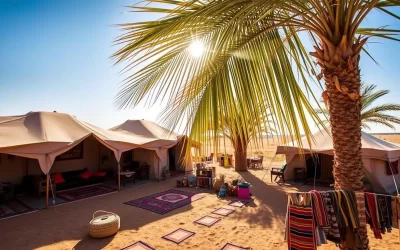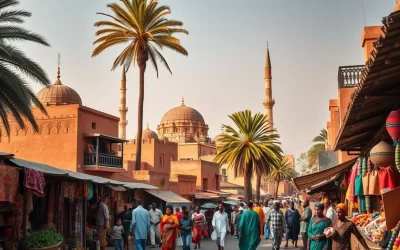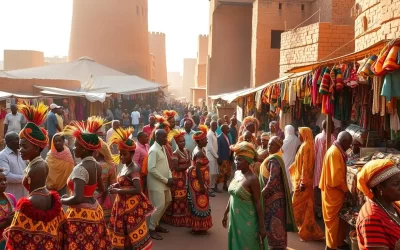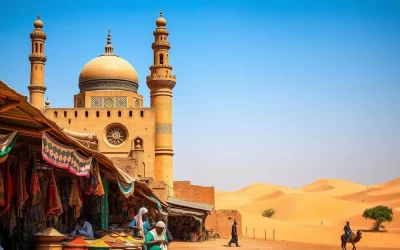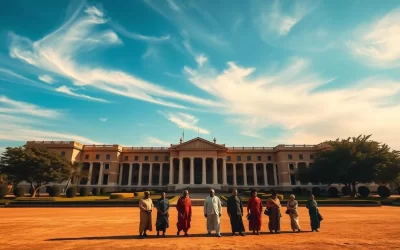Did you know Mali is home to the world’s largest mud-brick building? The Great Mosque of Djenné stands as a testament to Mali’s rich architectural heritage and represents just one of the many cultural treasures awaiting visitors to this West African nation. Despite travel challenges, Mali rewards intrepid explorers with UNESCO World Heritage sites, vibrant markets, and landscapes that have inspired travelers for centuries.
Getting to Mali
Most international travelers arrive at Bamako-Sénou International Airport, Mali’s main gateway. Direct flights connect from major European cities like Paris, while regional connections are available from neighboring West African countries. Due to changing security situations, flight options may vary, so it’s advisable to check current routes before planning your journey.
Ready to Explore Mali?
Find the best flight deals to Bamako and start your Malian adventure today.
Visa Requirements
Most visitors require a tourist visa to enter Mali. You can apply at Malian embassies in your home country or at embassies in neighboring West African nations. The process typically takes several days and requires a passport valid for at least six months, passport photos, and proof of accommodation. Visa costs vary but expect to pay between $45-100 USD depending on your nationality and where you apply.
Best Time to Visit Mali
The ideal time to visit Mali is during the dry season from November to February when temperatures are more moderate (77-86°F/25-30°C) and rainfall is minimal. This period offers the most comfortable conditions for exploring the country’s outdoor attractions and participating in cultural festivals.
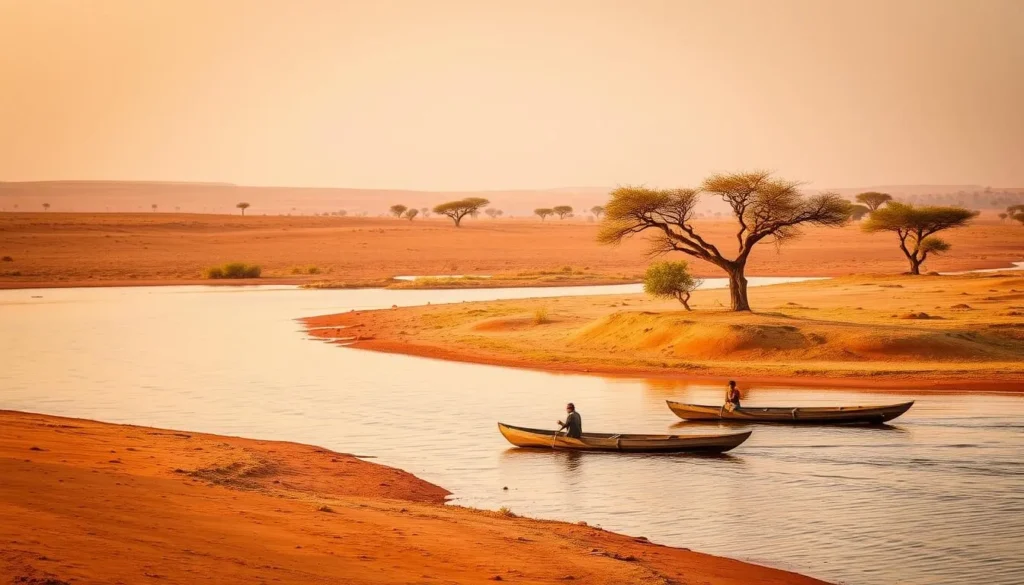
Travel Tip: Avoid the hot season (March-May) when temperatures can soar above 104°F (40°C), making sightseeing uncomfortable. The rainy season (June-October) can make roads impassable in rural areas.
Safety Considerations
Safety is a primary concern for travelers to Mali. The security situation varies significantly by region, with northern areas generally considered higher risk. Before planning your trip, check the latest travel advisories from your government. As of 2024, many Western countries advise against all travel to certain regions of Mali.
For the safest experience, stick to recommended areas like Bamako, Ségou, and Siby. Always travel with reputable local guides who understand the current situation and can navigate any challenges.
Working with experienced local guides is not just recommended—it’s essential for both safety and for gaining deeper insights into Mali’s culture and history. Guides can help navigate language barriers, cultural protocols, and security considerations while enhancing your overall experience.
Travel with Confidence
Browse our curated selection of guided tours and activities in Mali’s safest regions.
Explore Guided Tours
Top 10 Things to Do in Mali
1. Marvel at the Great Mosque of Djenné
Often considered the ‘Jewel of the Niger,’ Djenné is home to the world’s largest mud-brick building, the Grande Mosquée. This architectural masterpiece exemplifies traditional Sudano-Sahelian design and has been designated a UNESCO World Heritage site. The mosque is particularly spectacular during the annual re-plastering festival when the entire community participates in renewing its mud exterior.
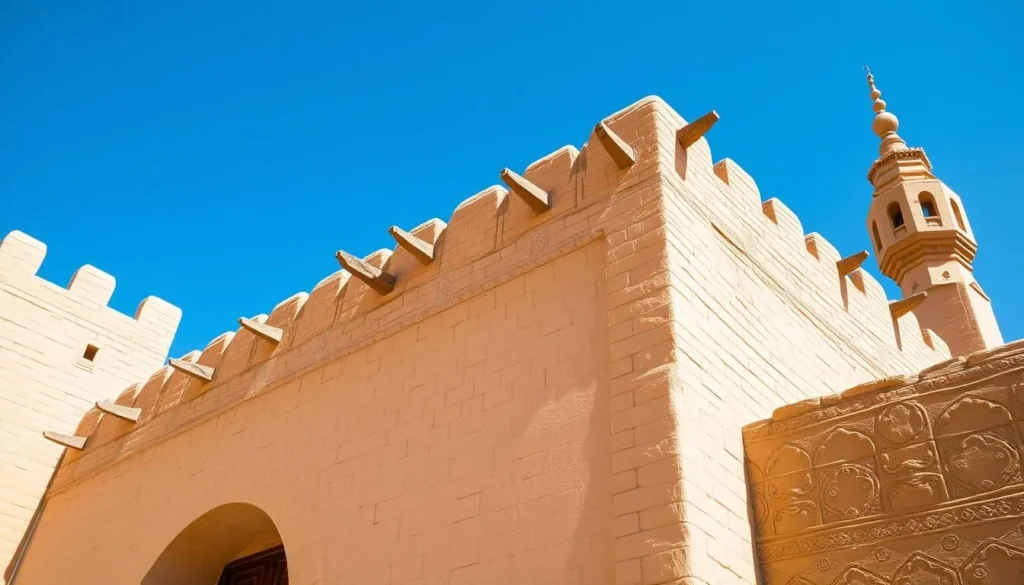
2. Explore Dogon Country
A trek through Dogon Country offers one of Mali’s most rewarding experiences. The Bandiagara Escarpment, a sandstone cliff stretching 150km, houses villages built into the rock face. The Dogon people have maintained their unique cultural traditions, religious beliefs, and architectural styles for centuries, largely untouched by outside influences.
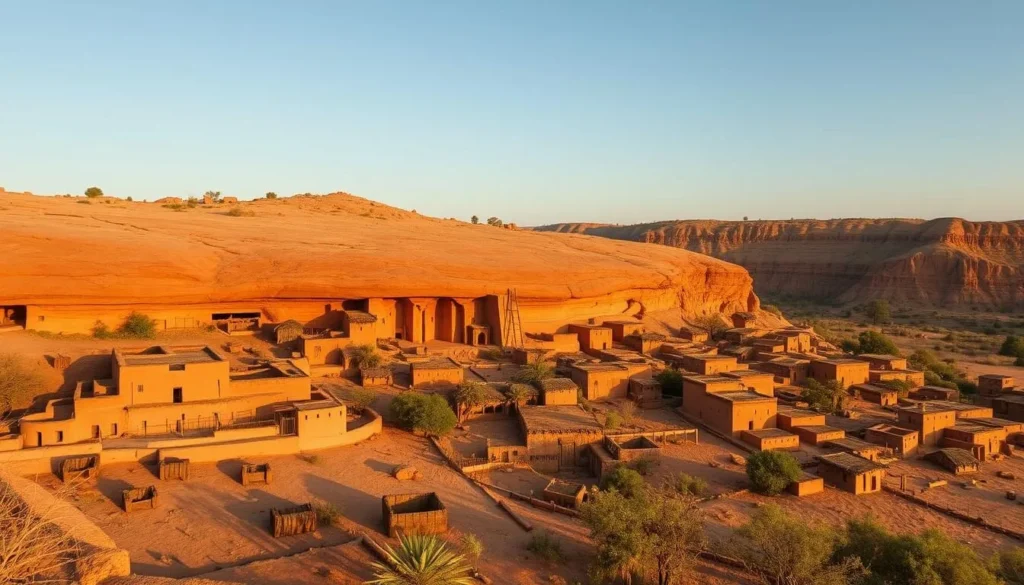
Insider Tip: Hiring a Dogon guide is essential not only for navigation but also for cultural interpretation. The best experiences include overnight stays in local villages to witness traditional dances and ceremonies. Visit Dogon Country Tours for responsible trekking options.
3. Visit the Legendary Timbuktu
Once a center of Islamic scholarship and a key stop on trans-Saharan trade routes, Timbuktu remains an iconic destination despite accessibility challenges. The city houses historic mosques including Djinguereber, Sankore, and Sidi Yahya, along with ancient manuscript libraries that preserve centuries of knowledge.
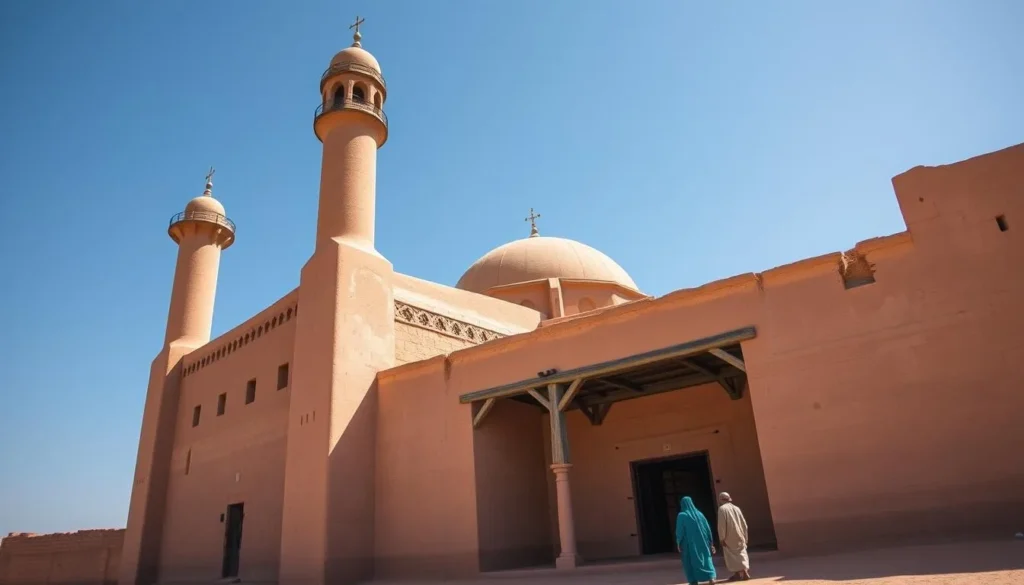
4. Discover Ségou’s Artisan Culture
Located on the Niger River, Ségou is known for its pottery and traditional bogolan (mud cloth) production. The Monday market showcases the region’s crafts, from intricately carved calabash bowls to vibrant textiles. Don’t miss Ibrahim’s Cafe (Cafeteria Djigui-Bombo), which serves excellent coffee in a relaxed mud-brick setting while displaying authentic Dogon souvenirs.
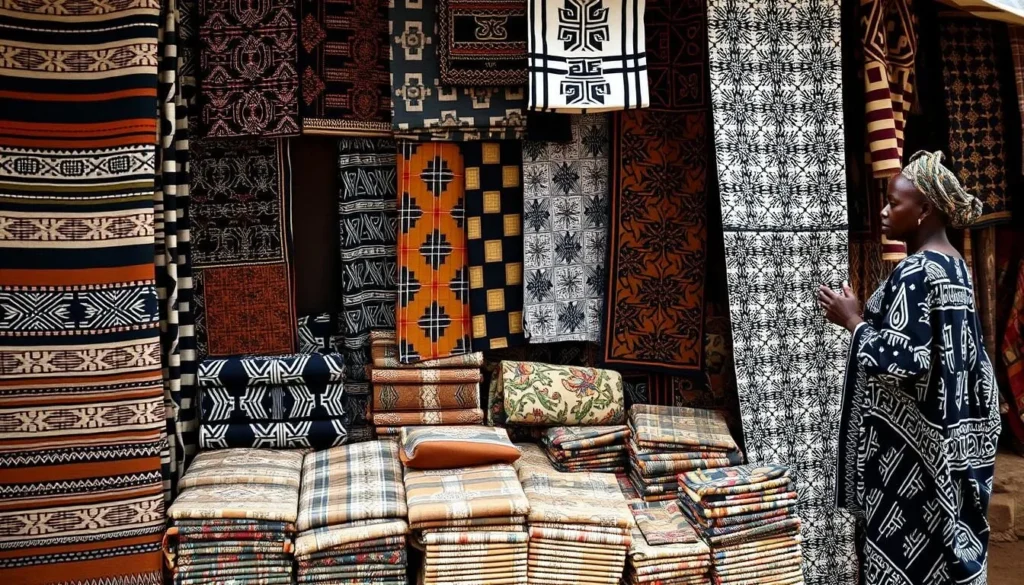
5. Experience the San Great Mosque
While the Great Mosque of Djenné gets more attention, the San Great Mosque was built by the same architect and offers a similar architectural experience with fewer crowds. Visitors can explore the interior prayer halls and even climb to the rooftop for panoramic views of the surrounding town.
6. Explore Bamako’s Cultural Scene
Mali’s capital offers several worthwhile attractions, including the National Museum with its excellent collection of archaeological artifacts, textiles, and traditional masks. The Grand Marché (central market) provides a colorful shopping experience, while Point G Hill offers prehistoric cave paintings and panoramic city views.
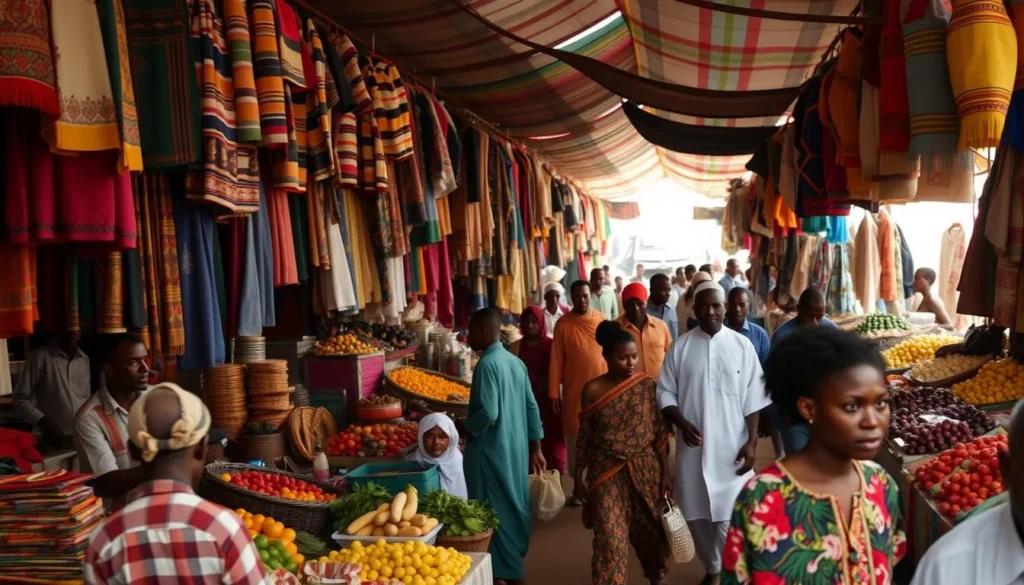
7. Safari at Boucle du Baoulé National Park
Mali’s oldest national park offers opportunities to spot wildlife including giraffes, leopards, lions, elephants, and hippos in their natural Sahelian habitat. The park also contains prehistoric tombs and fascinating rock art, making it a destination that combines natural and cultural attractions.
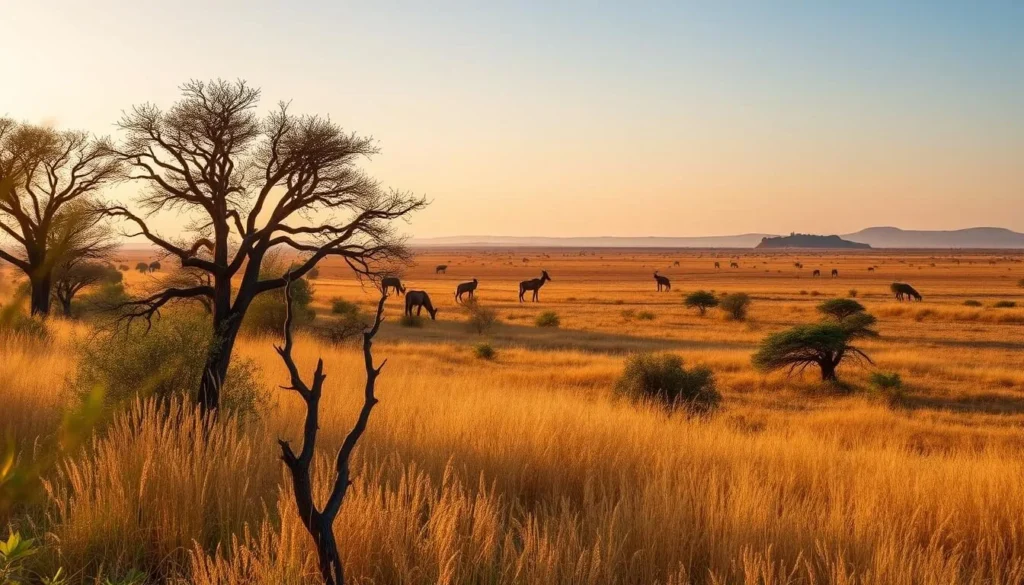
8. Relax in Siby
Just 50km southwest of Bamako, Siby offers a peaceful retreat with stunning natural scenery. The area is known for its distinctive rock formations, including the Arch of Kamandjan. Hiking enthusiasts can explore the surrounding hills while those seeking relaxation can enjoy the laid-back village atmosphere.
9. Witness Sunset at La Dune Rose
Near Gao, the pink sand dunes known locally as Koïma create a magical spectacle at sunset when they glow with rosy hues. For the best experience, head upstream to Quema and Hondo where the sunset illuminates more dunes with the same enchanting colors.
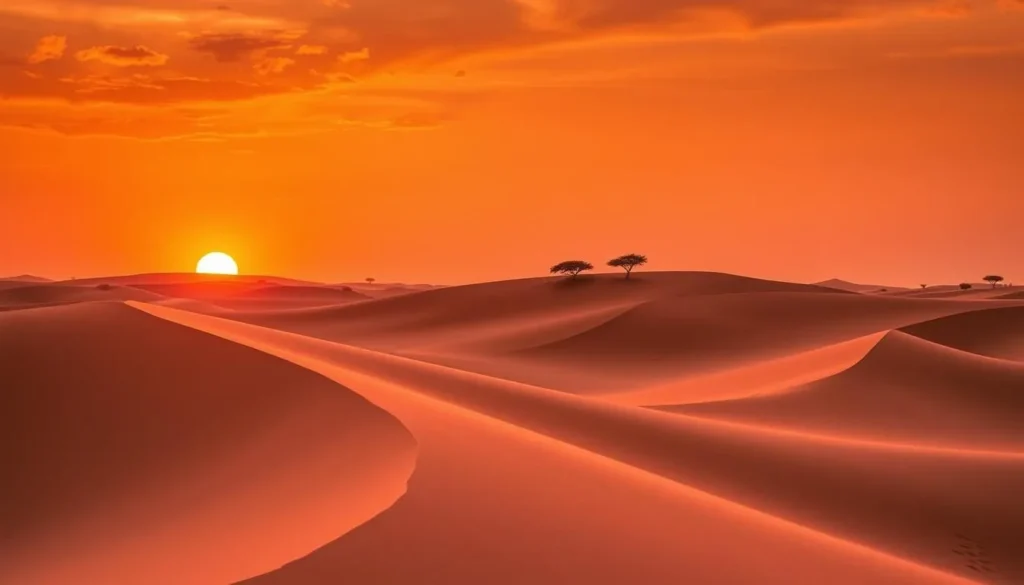
10. Take a Niger River Cruise
Experience Mali from a different perspective aboard a traditional pinasse (wooden canoe) on the Niger River. These journeys offer glimpses of riverside villages, fishing communities, and diverse wildlife. Popular routes include Mopti to Timbuktu or shorter excursions from Ségou or Bamako.
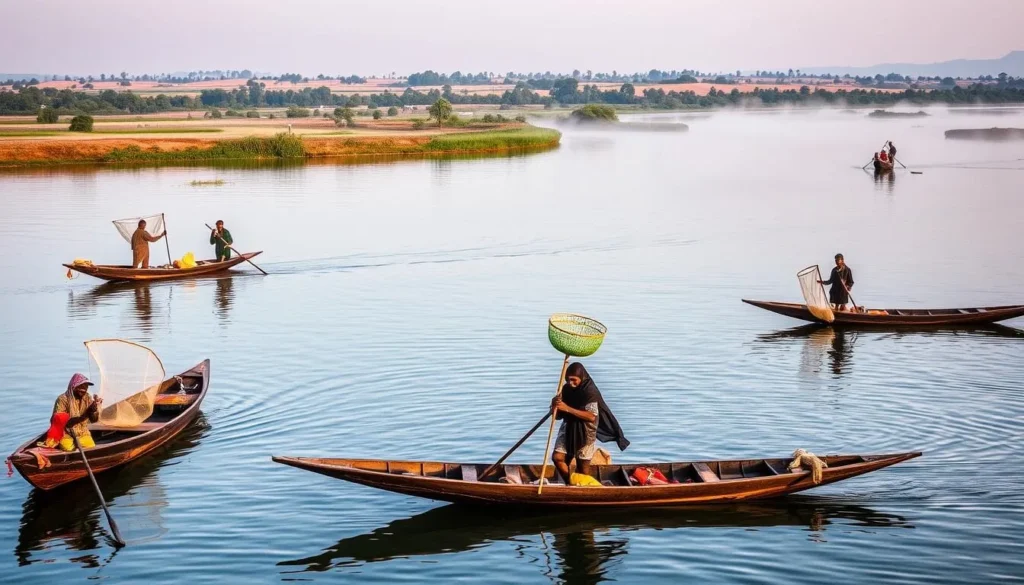
Where to Stay in Mali
Accommodation options in Mali range from international hotels in Bamako to simple guesthouses in smaller towns. In Bamako, the Azalai Hotel Salam and Radisson Blu offer comfortable rooms with modern amenities, while budget travelers might consider the Sleeping Camel, known for its character and excellent food.
In Ségou, the Hotel L’Auberge and Hotel Djoliba provide riverside accommodations with local charm. When trekking in Dogon Country, expect basic guesthouses or camping arrangements in villages along the escarpment.
Find Your Perfect Stay
Browse accommodations across Mali from international hotels to authentic guesthouses.
Getting Around Mali
Transportation within Mali requires flexibility and patience. In Bamako, taxis are plentiful and affordable, though always negotiate the fare before departing. For intercity travel, options include domestic flights (limited routes), shared taxis (sept-place), and buses.
For exploring remote areas like Dogon Country, hiring a 4×4 vehicle with a driver-guide is recommended. The Niger River offers another transportation option, with traditional pinasse boats connecting riverside communities.
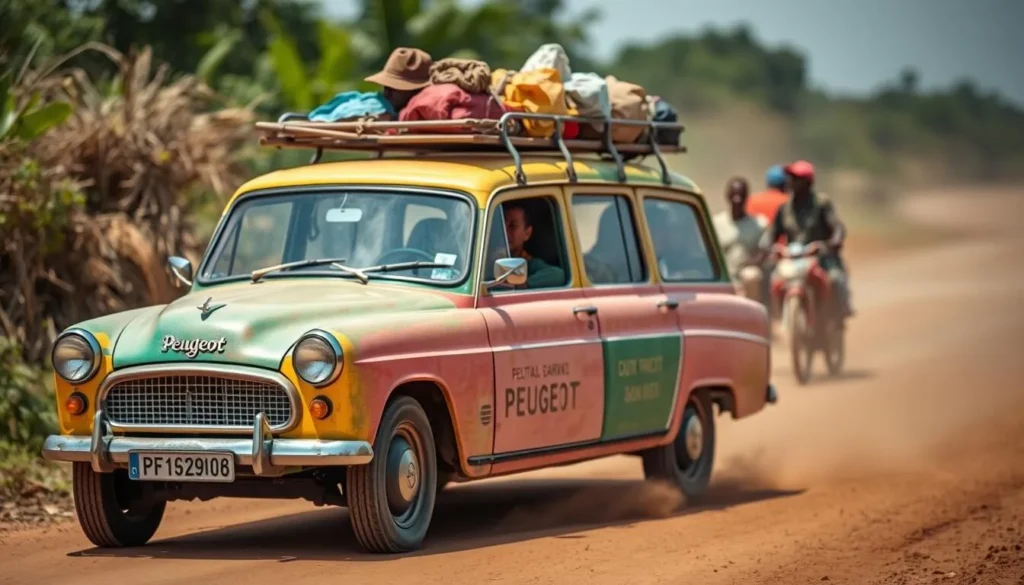
Explore Mali Your Way
Rent a vehicle with a local driver for the safest and most convenient travel experience.
Practical Travel Tips
Currency and Money
Mali uses the West African CFA Franc (XOF), which is pegged to the Euro. ATMs are available in Bamako and major towns, but become scarce in rural areas. Carry sufficient cash when traveling to remote regions. Credit cards are accepted only at upscale hotels and restaurants in Bamako.
Connectivity
Purchase an Orange SIM card for reliable mobile coverage throughout most populated areas. SIM cards are available at the airport, official Orange shops, or from street vendors (though official shops are recommended). Bring your passport for registration. For travelers preferring eSIMs, options like Manet Travel offer convenient digital solutions.
Health Precautions
Consult a travel health specialist before your trip. Yellow fever vaccination is required for entry. Malaria prevention is essential—take appropriate prophylaxis and use insect repellent. Carry a basic medical kit and drink only bottled or purified water.
Language Tip: French is Mali’s official language, while Bambara is widely spoken. Learning a few basic phrases in either language will enhance your experience and show respect for local culture. Common greetings include “Bonjour” (French) and “I ni ce” (Bambara).
Plan Your Mali Adventure
Recommended Itineraries
Essential Mali (7 Days): Bamako (2) → Ségou (2) → Siby (1) → Bamako (2)
Cultural Immersion (10 Days): Bamako (2) → Ségou (2) → San (1) → Dogon Country Trek (3) → Bamako (2)
Complete Mali (14 Days): Bamako (2) → Ségou (2) → San (1) → Dogon Country (3) → Timbuktu (2) → Gao/Pink Dunes (2) → Bamako (2)
Recommended Guides
For the safest and most enriching experience, we recommend these reputable local guides:
- Papillon Reizen (Abdoulaye): Specializes in Timbuktu and northern regions
- Ibrahim (former Papillon Reizen owner): Extensive experience throughout Mali
- Saga Tours: Expert guides for Dogon Country treks
Experience the Magic of Mali
Mali offers intrepid travelers a rare glimpse into West Africa’s rich cultural heritage, from ancient mud mosques to vibrant markets and breathtaking landscapes. While travel challenges exist, those who venture here with proper preparation are rewarded with authentic experiences far from the beaten tourist path.
The warmth of Mali’s people, the richness of its traditions, and the beauty of its landscapes create memories that will stay with you long after your journey ends. Whether you’re marveling at mud architecture, trekking through Dogon villages, or cruising the Niger River at sunset, Mali promises adventures that few destinations can match.
Ready for an Unforgettable Journey?
Start planning your Mali adventure today with our comprehensive travel resources.
Explore Tours
The above is subject to change.
Check back often to TRAVEL.COM for the latest travel tips and deals.
